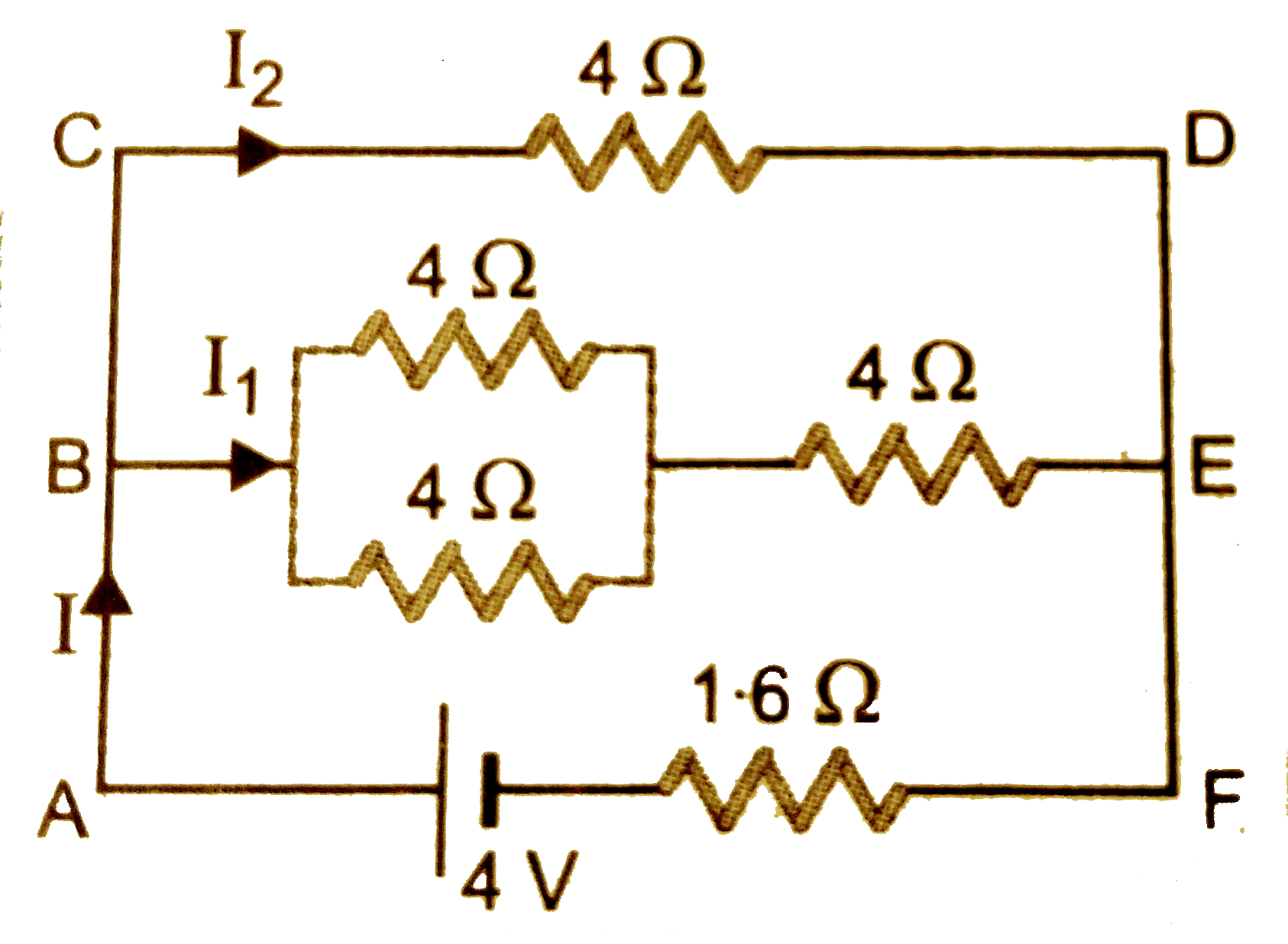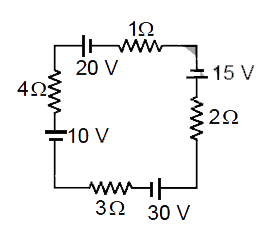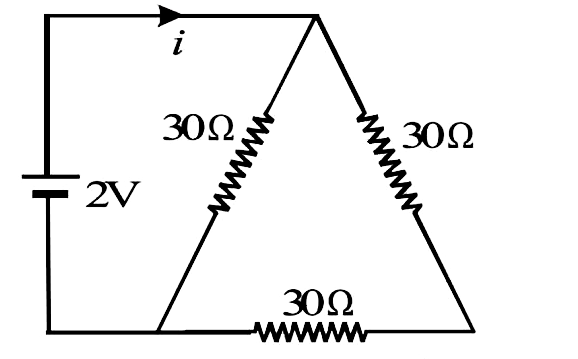Find the value of current I in the circuit
To find the value of current I in the given circuit, we can follow these steps:
Step 1: Identify the resistances in the circuit
In the circuit, we have two resistors of 30Ω each connected in series.
Step 2: Calculate the total resistance of the series resistors
Since the two resistors are in series, we can add their resistances:
Rtotal=R1+R2=30Ω+30Ω=60Ω
Step 3: Identify the parallel resistances
Next, we have another 30Ω resistor in parallel with the total resistance we just calculated.
Step 4: Calculate the equivalent resistance of the parallel resistors
Using the formula for resistors in parallel:
1Req=1R1+1R2
Substituting R1=30Ω and R2=60Ω:
1Req=130+160
To combine these fractions, we can find a common denominator (which is 60):
1Req=260+160=360=120
Thus, the equivalent resistance Req is:
Req=20Ω
Step 5: Apply Ohm's Law to find the current
Now that we have the equivalent resistance, we can use Ohm's Law to find the current I. The voltage across the circuit is given as 2V:
I=VR=2V20Ω
Calculating this gives:
I=0.1A
Final Answer
The value of the current I in the circuit is 0.1A.
---
In the circuit, we have two resistors of 30Ω each connected in series.
Since the two resistors are in series, we can add their resistances:
Rtotal=R1+R2=30Ω+30Ω=60Ω
Next, we have another 30Ω resistor in parallel with the total resistance we just calculated.
Using the formula for resistors in parallel:
1Req=1R1+1R2
Substituting R1=30Ω and R2=60Ω:
1Req=130+160
To combine these fractions, we can find a common denominator (which is 60):
1Req=260+160=360=120
Thus, the equivalent resistance Req is:
Req=20Ω
Now that we have the equivalent resistance, we can use Ohm's Law to find the current I. The voltage across the circuit is given as 2V:
I=VR=2V20Ω
Calculating this gives:
I=0.1A
The value of the current I in the circuit is 0.1A.
Topper's Solved these Questions
- CURRENT ELECTRICITYBOOK - SL ARORACHAPTER - CURRENT ELECTRICITYEXERCISE - Problems From Competitive
18 Videos
- CURRENT ELECTRICITYBOOK - SL ARORACHAPTER - CURRENT ELECTRICITYEXERCISE - Problems For Self
101 Videos
- CHEMICAL EFFECT OF CURRENTBOOK - SL ARORACHAPTER - CHEMICAL EFFECT OF CURRENTEXERCISE - TYPE-B
5 Videos
- ELECTRIC POTENTIAL AND ELECTRIC FLUXBOOK - SL ARORACHAPTER - ELECTRIC POTENTIAL AND ELECTRIC FLUXEXERCISE - Problems for self practive
61 Videos
Similar Questions
Knowledge Check
What will be the value of current I in the circuit shown ?
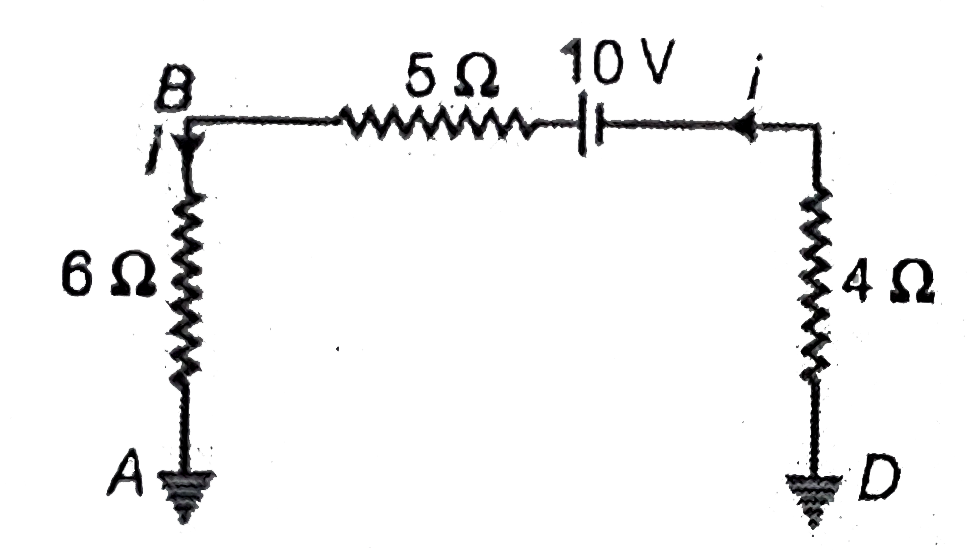 A0.67 AB1AC0.32 ADNone of these
A0.67 AB1AC0.32 ADNone of theseIn the given circuit, the resistance R has a value that depends on the current. Specifically. R is 20 ohms when I is zero and the increase in resistance (in ohms) is numerically equal to one-half of the current in amperes. What is the value of current in the circuit
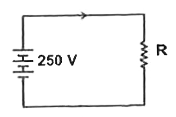 A8.33 ampB10 ampC12.5 ampD18.5 amp
A8.33 ampB10 ampC12.5 ampD18.5 ampThe value of current I in the circuit will be
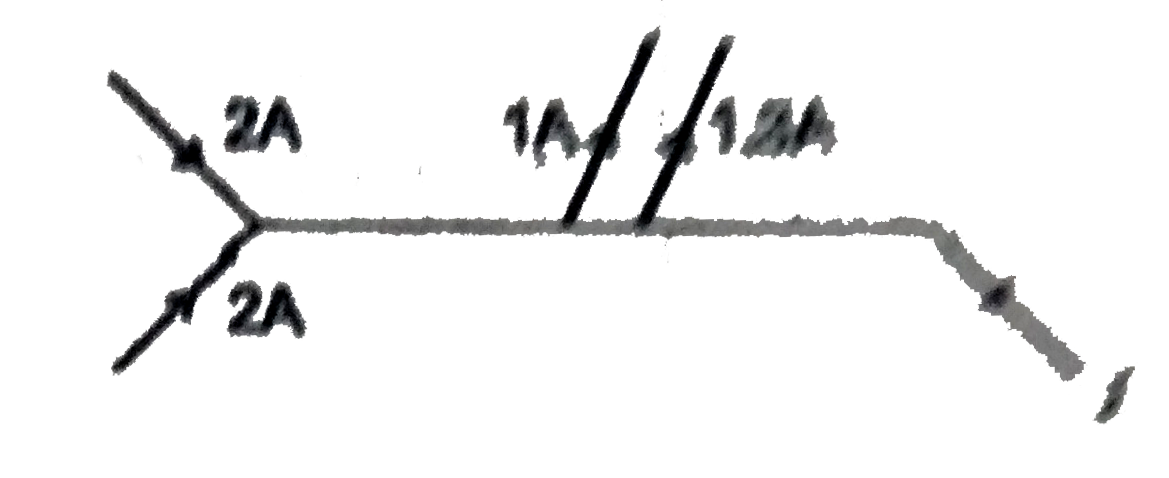 A1.7AB2.1AC3ADzero
A1.7AB2.1AC3ADzero

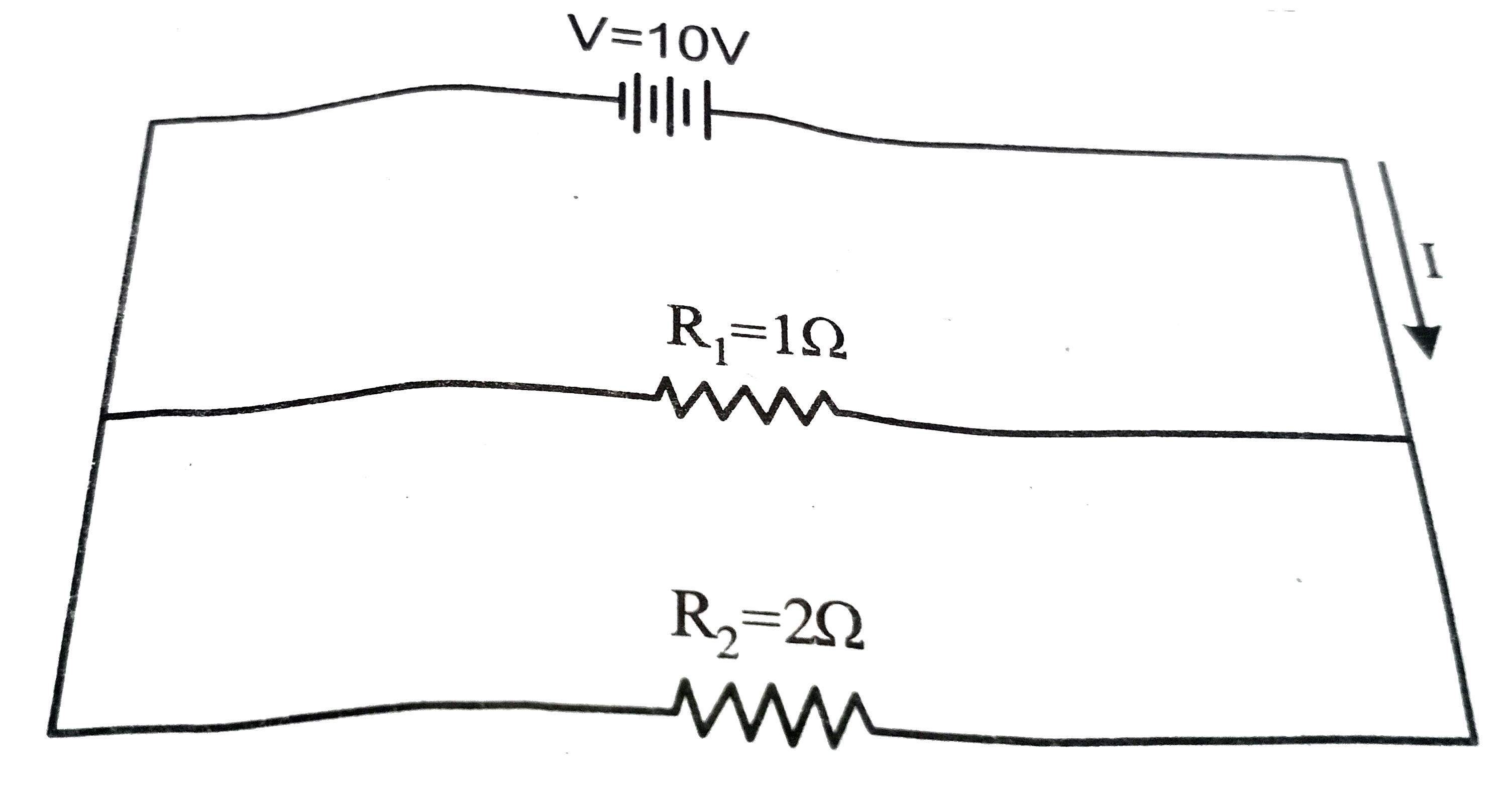

_S01_050_Q01.png)
